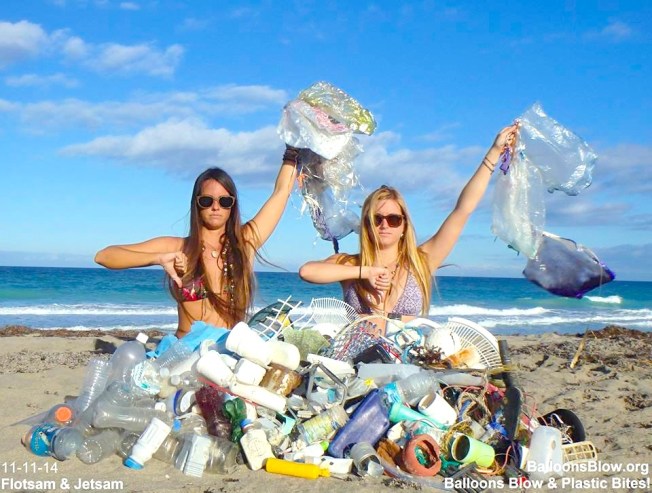THE THREATS ARE REAL AND THESE PHOTOS SHOULD ALARM YOU!
I rarely – in fact almost never – lift an entire article from elsewhere and plant it wholesale here. I make an exception today. Ben’s article is so relevant, so well put together, so compelling and so scary in its implications that it can’t be ignored. No individual is to blame. We all are. Mankind generally – and pretty much all of it in my lifetime. Walk any beach in Abaco, however secluded. There it all is, under your feet. Find a dead seabird? Chances are it will have significant amounts of plastic inside it. Seen those wretched images of turtles with plastic bags hanging out of their mouths? It’s going to get worse…
Now see how things are with our bird partners in New Jersey and their beautiful ospreys.
DOCUMENTING THE PRESENCE OF PLASTICS IN OSPREY NESTS
by Ben Wurst, Habitat Program Manager http://www.conservewildlifenj.org
BEN WURST WRITES As I work to finalise data from this summer’s osprey surveys, I wanted to look back and highlight an important observation: more plastic is being found and recovered from active osprey nests. I guess it’s no surprise when you hear that “18 billion pounds of plastic waste flows into the oceans every year from coastal regions.“
The alarming trend is also becoming more deadly for ospreys, and other marine life who ingest it. While it might not seem like a lot, this year a total of four young ospreys were found dead from being entangled in plastic. In my books, one dead osprey is too many! This is not a natural cause of death! Luckily, there were several other entanglements that were prevented, but this trend is likely to get worse. We hope that these photos will help you to do all that you can to help prevent it from becoming a growing threat to ospreys and other marine wildlife, who might ingest plastics.
Ospreys are an indicator species. We can’t stress that enough. The health of their population can be directly linked to their surrounding environment. When we poisoned the land with persistent pesticides, the ospreys told us. When we overfished menhaden, the primary prey item of ospreys during the nestling period, the ospreys told us. When we use and discard plastics with no care, the ospreys will tell us…
From the land, where they collect nesting material, to the water, where they forage for prey. The growing presence of plastics on land and in water, highlights need to restrict single use plastics, balloon releases, and for any single use plastic fee to directly fund cleanups of plastic waste. It’s no surprise that ospreys use plastic items in their nests. It’s now become a common resource for them which looks similar to natural nesting material and collects in the same areas where they gather nest material. The more plastics in the world means more plastics in osprey nests!
When out on the marsh or on the beach, if you look around you’ll find plastic. According to the Clean Ocean Action 2017 Beach Sweep report (for the first time since the sweeps began in 1985) 84.45% of items collected on the beach were plastic (including foam). Another alarming trend is the growth in balloons found on the beach. In 2017, a total of 4,137 were found. Next time your down the shore, try to determine the difference between a white single use plastic bag and bleached sea lettuce, or white balloon ribbon and bleached eelgrass… Please don’t ever release balloons!
The most deadly piece of plastic litter for ospreys this year was monofilament or fishing line. The four ospreys that were found dead died from being entangled in monofilament. Fishing line is typically brought into a nest while attached to a stick or branch. It then becomes part of the nest and can easily get wrapped around a nestlings leg, foot or wing. This is not an isolated event. It happens throughout the range of ospreys (here are just a few that made the news). Please dispose of your fishing line appropriately! Single strand monofilament can even be collected and mailed to Berkley (a manufacturer of fishing line) for recycling/reuse!
Sadly, this is only the beginning. Plastics don’t biodegrade and this is becoming a chronic issue. Almost all osprey nests in New Jersey contain some type of plastic (next year we are planning to add data fields to our nest survey datasheets to keep better track of how many nests contain plastic). It’s still too early to see the effects of plastics as as they bioaccumulate in the food chain of predatory animals, like the osprey, but we hope that we can prevent this. We can all help by reducing our use of single use plastics. Here are some simple ways that you can help:
- Never release balloons! Talk to your friends/family about where balloons actually wind up.
- Reduce your dependence/consumption of single use plastics: bring your own reusable bag, water bottle, and coffee cups. Buy beverages in glass or aluminum containers. When eating out or getting take out, ask for no single use plastic items and/or bring your own container for leftovers. Support a Surfrider Foundation Ocean Friendly Restaurant!
- Reuse or repurpose things that can’t be recycled. Opt into free recycling programs for hard to recycle items through Terracycle, a NJ based waste reduction company.
- Pick up plastic litter. Participate in coastal cleanups (the next COA Beach Sweep is on 10/20!). Dispose of trash responsibly.
Thank you to all of our volunteers, especially our Osprey Project Banders, and those who’ve helped to reduce plastic debris in our environment!
CREDIT: Ben Wurst and his team at http://www.conservewildlifenj.org for the article. Photos as credited in the text. We are Bahamas partners of this organisation in Piping Plover research on the shores of Abaco and our annual Abaco Piping Watch






























































 National Geographic
National Geographic




















You must be logged in to post a comment.